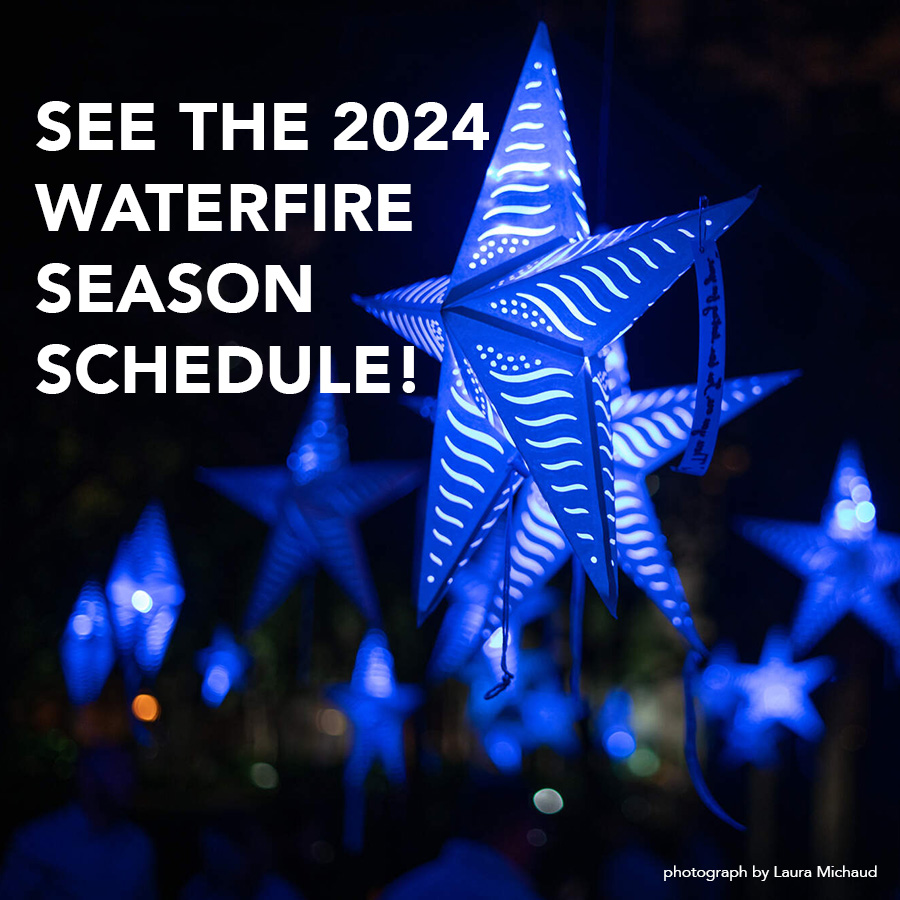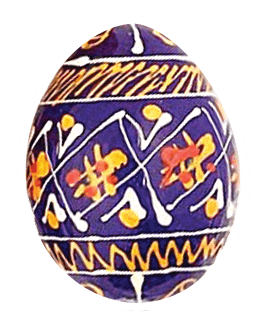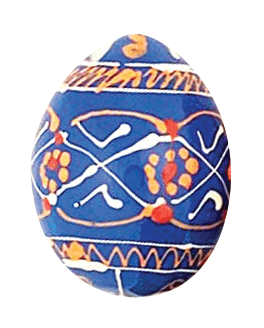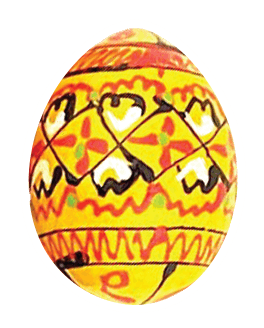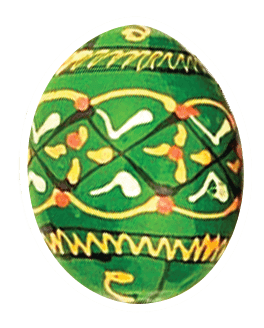In his stunning installation, WaterFire, Barnaby Evans has found just the right mix of elemental media — fire and water — each rife with symbolic import, to commemorate Providence’s rebirth, its re-emergence as a water-laced gem of a port city. Like Christo’s wrapped Reichstag in Berlin, a spectacular and necessary reconsecration of an otherwise defiled historical site, Barnaby Evans’ WaterFire simultaneously renews and reintroduces the city of Providence to itself. Of course, Providence had no need to purify itself of demons other than the misguided and recently undone covering of the city’s downtown rivers. And unlike Germany, which could move its capital back to Berlin, its parliament back to the Reichstag, only after symbolically purifying and rededicating its tainted public spaces, Providence needed only to find a way to celebrate its own liberation from the concrete encasement of its rivers.
At the same time, the artist has also renewed the meanings in these elements themselves, expanded their symbolic significance to include not just traditional rites of baptism by water, or sacrificial offering and purification by fire. Instead, the qualities of light and warmth as generated by fire, and of life itself as sustained by water, become the twin motifs on which this celebratory installation is founded. What better way for a city to celebrate its unshackling from concrete than by warming its toes at the edge of the rivers themselves? The floating pyres are not a funereal return of ashes to ashes or dust to dust but are rather lofted alight by the water that might otherwise put them out. It’s not just their primordial beauty that draws the entire city and thousands of visitors into their orbit several times a year, but the essential and elemental tension of opposites created by the suspension of fire on water.
Of course, none of this matters a bit without an appreciative public to take it all in. Here the elements of life — fire and water — are combined to create an installation teeming with the lives, laughter, and awe of its audience — perhaps the most important element of all in public art. For several nights a year, WaterFire provides a place in both the mind and in the city for the people of Providence to renew both their connection to the city they love and their connections to each other. Here everyone experiences something slightly different, of course, which is one of the great unscripted beauties of public art. Some come away remembering primarily the smell of wood-smoke, while others will recall the magical spectacle of fires reflecting on both water and the windows of high-rise office buildings nearby. For some, the kinesthetic aura of music wafting with smoke and light makes them see WaterFire even with their eyes closed. For others, it is the carnivalesque atmosphere itself that comes to mind afterwards. For me, one of the most amazing effects of WaterFire is its after-image in the mind’s eye the next day, the way its sights and sound reverberate within us and upon the rivers even as its last ember drops steaming into the water.
James E. Young is Professor and Chair in the Department of Judaic and Near Eastern Studies at the University of Massachusetts Amherst and is the author of At Memory’s Edge.
